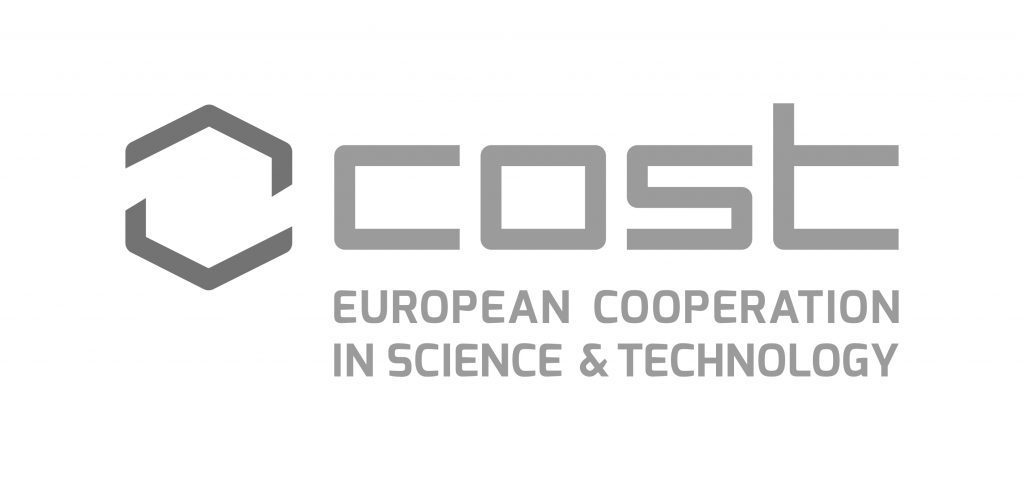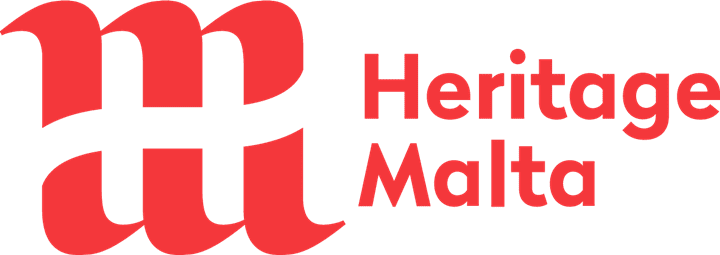The main goal of the Murcia Meeting for WG3 was to identify a strategy of how to valorise Underground Built Heritage (UBH). The first step was to compile a list of the possible different sites that could exist. This was done by inviting the participants of WG3 to present the different sites which existed in their countries. This was very well received and nine presentations were prepared. The presentations consisted of three posters and four presentation.
Klodiana Gorica presented the issue of underground caves in Albania. ‘Tourism Values and Strategies for Communities through Underground Potential Caves in Albania’. The presentation dealt with how once the caves are open to the tourist and public in general, interest grew in these sites in Albania and they were made more accessible and safer for the visitor. This gave more financial help to the sites and helped in affording a better management system.
Tommasina Pianese presented a poster entitled ‘Journey to the Centre of the Earth’ and dealt with the Mining Park in La Union in the Region of Murcia in Spain. The challenge they are faced with is how to make the site accessible for visitors and in particular how to convert it into an interactive mining park for families. The strategy they are looking at at the moment involves, creating a new brand for the mining part, creating activities experiences for the visitor and finally of course creating a sustainable financial system to support the site which will hopefully have social outcomes.
Luisa Errichiello and Lucilla Favino presented a poster that dealt with a site in Slovenia – ‘A Strategic pathway for the sustainable re-use and valorisation of the Underground Built Military Heritage in the Green Karst Region’. Luisa Errichiello also presented her work in a power point presentation which exhibited the findings whilst on a short term scientific mission, for the same site in Slovenia, as part of this COST Action. The site is very interesting and consists of different typologies namely caves and remnants of Alpine Wall Fortifications. The presentation dealt with the re-use and heritage-led regeneration process of the site. The main obstacles were identified and the key challenges that needed to be addressed were highlighted. The presentation proposed a number of opportunities for the re-use and valorisation of the sites.
Ernesto Marcheggiani, Andrea Galli, Antonello Alici, Frances-co Paci, Eva Malinverni, and Roberto Pierdicca, presented the site of Camerano and its experience as the first Living Lab, ‘The Roadmap to Valorisation and the first STSM’. The work on this site has benefited as the historical analysis led to five potential themes that could be investigated. Archival research helped to identify better the true value of the site and laser scanning as well as a GIS survey was carried out on the site. Stakeholders were also involved in the studies and as a result of all the studies carried out on site, an outline for a first strategic and development plan was created.
Daniela Barrera Fernandez and Marco Hernandez-Escampa presented ‘The Tunnels in Pueblo, Mexico’ Regeneration of two historic neighbourhoods through underground heritage.’ This interesting presentation explained how these two tunnels, Loreto and Guadalupe hill, and Xanenetla and Bubas and Ovando Bridges, helped regenerate a historic centre. It is a good example how underground heritage can help through its proper valorisation and reuse can also aid urban regeneration. Tatiana Ruchinskaya presented the ‘Stabilisation of Under-ground Mines, Bath – Community involvement in decision making’ and took us on the path as to how community can be a positive factor in the decision making process when inter-vening on underground heritage. Tatiana explained the spec-trum of projects in UK which go from involving dialogue be-tween professionals, community groups and individuals to the other end of the spectrum were the projects focus on community and are considered as one of the stakeholders and hence influence the final outcome of the project.
Chiara Caravello and Rita Occhiuto presented a unique site – “What the ground says. The Three Countries Park (DE – BE – NL). This presentation looked at the issue as to how does one deal with the management and preservation with one site which is in itself under the go three different countries and hence cultures. The main question asked in this presentation was ‘Can a shared understanding and valorization of UBH sup-port cross-border collaboration on protection and sustainable use of the soil and its resources?’
Cesar Garcia presented another aspect of the La Union project and how tourism helped develop this site and the strategies adopted to involve the communities
After these presentations the importance of a proper strategy needs to be adopted when trying to preserve underground heritage and when one is trying to regenerate these sites which had a very specific use in the past. Hence it was decided to work on three different areas. The first important thing to achieve is to classify what underground heritage could possibly exist. The next step would be to identify the identity of the sites. Finally taking into consideration the different characteristics and original typology and use of the site, guidelines as to the decision making process for the reuse of the site may be outlined.
The discussion then led into classifying the sites and the different themes that need to be investigated. The sites could be located in Urban, Rural and mixed sites and the themes that would need consideration would be, values, the characteristics of the sites, the possible regeneration of the sites, the reuse, the management of the site and finally the interpretation of the site.
Before creating a strategy of intervention for the reuse and regeneration of UBH, one has to identify what one can refer to as the 3Ws. The 3 Ws are the What? The Why? And Who? The WHAT implies that it is important to identify the UBH that could possibly exist. This would then lead into understanding of WHY that particular typology is important to be protected, interpreted and protect as well as making it possible to identify the inherent values for that particular site. In identifying values it is important to understand that in this selection, one will unconsciously also be deciding what is to be remembered and what is to be forgotten.
Once the WHAT and the WHY are decided it is imperative to identify the WHO. This would imply who is the UBH protected for, who is it interpreted to, who owns the sites and most importantly who are the stakeholders. It was decided after discussion the underground heritage belongs to society in general, the community and the stakeholders but there is no clear division between stakeholders and the community and society they could very well be one! The final issue discussed was what strategy would be followed to valorise the site and how this would be done. To be in a position to do this the HOW was the next step.





